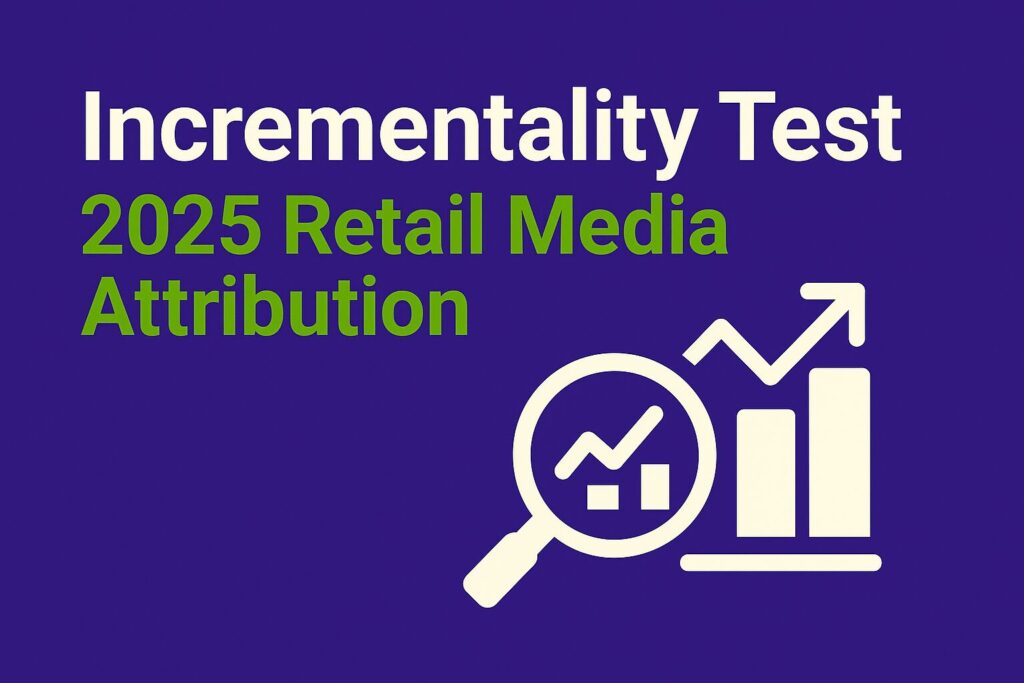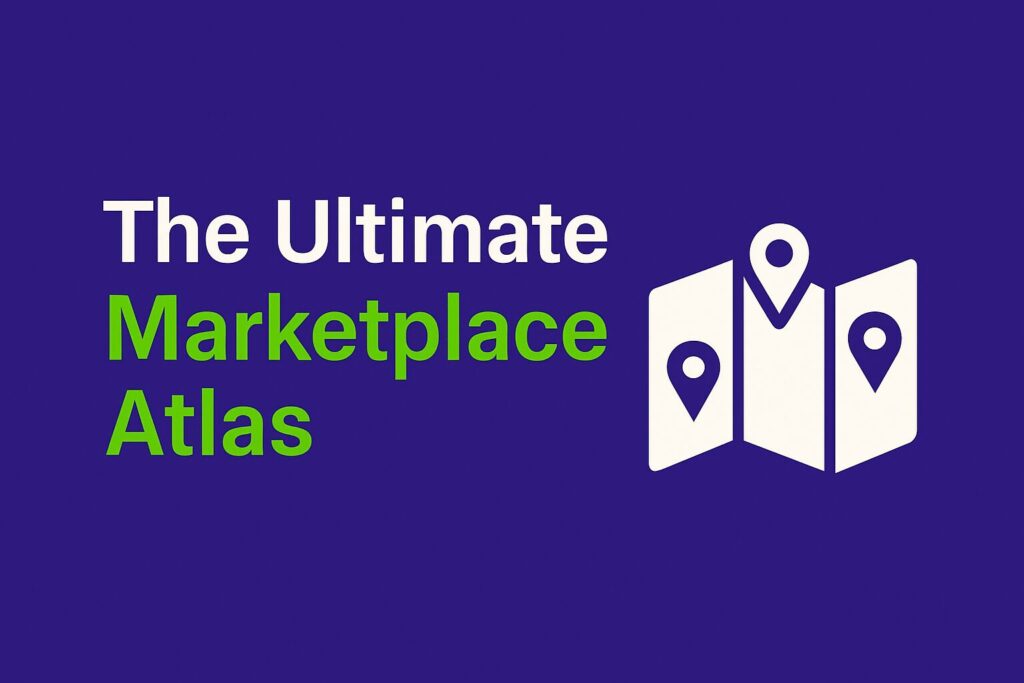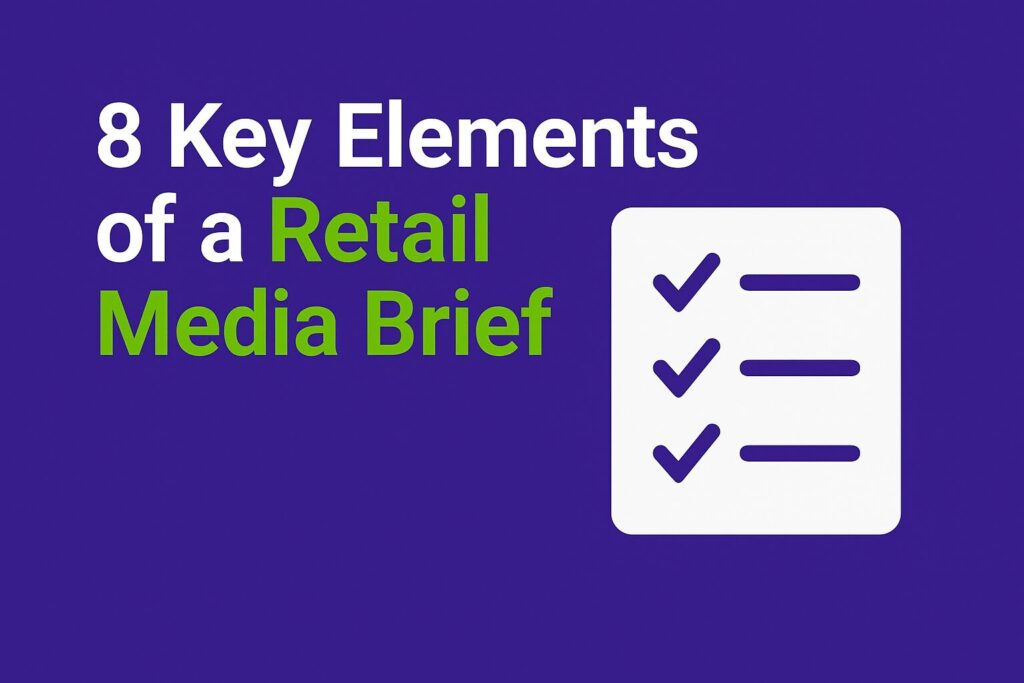In today’s digital age, mastering advertising terminology is essential for success in both digital marketing and retail media. This Modern Advertising Glossary for Retail Media provides a comprehensive overview of key terms that drive e-commerce success—from traditional ad networks to innovative strategies like Amazon Ads, Amazon PPC, and Marketplace Advertising. Whether you’re a seasoned marketer or just starting out, this glossary will equip you with the language and insights needed to excel in retail media strategies.
1. General Advertising Terms
- Advertising: A communication method that uses sponsored audio or visual messages to promote products, services, or ideas. Traditionally delivered through TV, radio, newspapers, and billboards, it now spans various digital channels.
- Ad Audience: The total number of people exposed, or potentially exposed, to an advertisement over a specific period.
- Brand Awareness: The extent to which potential customers can recognize or recall a brand, a key objective in many advertising campaigns.
- Channel: Any distribution method used to deliver an advertising message (e.g., direct mail, radio, digital platforms).
- Call to Action (CTA): A prompt within an ad that encourages the audience to take a specific action, such as clicking a button or filling out a form.
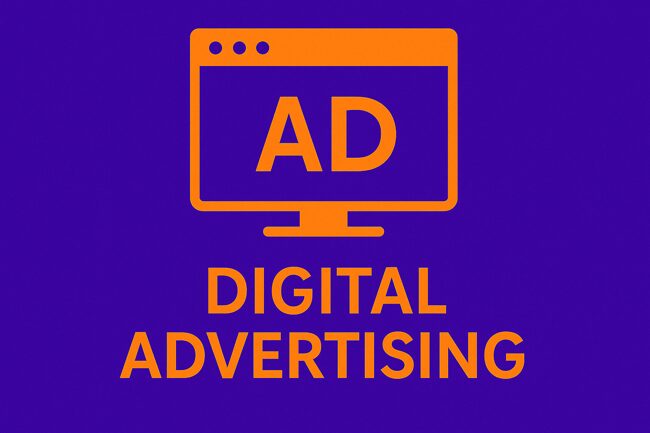
2. Digital & Display Advertising Formats
- Ad Banner: A graphic ad unit displayed on a website or app, which helps in building brand recognition.
- Ad Inventory: The available space on a publisher’s website where ads can be displayed.
- Ad Network: A vendor that connects advertisers with publishers, streamlining the buying and selling of ad space.
- Ad Serving: The process of delivering an ad from a server to a user’s device, whether on a website or within an application.
- Ad Targeting: Techniques used to deliver ads to a specific audience based on attributes such as demographics, behavior, or geography.
- Ad Unit: A defined size and format specification for an advertisement, such as a banner or rectangle. Common display ad sizes include:
Banner: 728 x 90
Rectangle: 336 x 280
Skyscraper: 160 x 600
Square: 250 x 250
- Rich Media: Interactive advertisements that incorporate advanced features like video, audio, or animations to engage the audience.
- Email Advertising: Advertising placed within emails or e-newsletters, often in the form of clickable banners or links.
- Pop-up: An ad window that appears on top of the current webpage, typically using scripting languages like JavaScript.
- Video Ads: Advertisements in video format that may appear on platforms such as YouTube or within other video-compatible sites.
- In-Stream Video Ads: Video ads that are played before, during, or after video content.
3. Technical and Behavioral Metrics
- Analytics: The collection and analysis of data regarding website performance and user behavior, essential for optimizing ad campaigns.
- Conversion Tracking: The process of monitoring and measuring the actions (such as purchases or sign-ups) driven by advertising efforts.
- Cookie: A small piece of data stored on a user’s browser that tracks their activity, used for personalization and targeting.
- Behavioral Targeting: Techniques that use a user’s browsing behavior to display more relevant ads. It can be applied onsite or across a network.
- Cross-Device Targeting: Delivering ads consistently across various devices, such as smartphones, tablets, and desktops.
- Keyword: Specific words or phrases chosen by advertisers to trigger the appearance of their ads in search results.
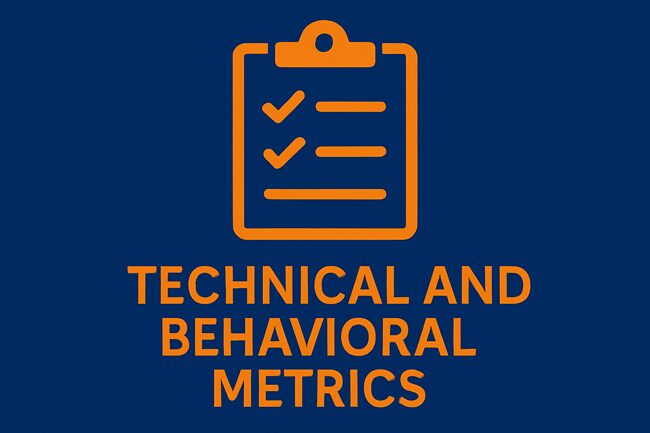
4. Organic Search and SEO-related Terminology
- Organic Search Results: Listings on a search engine results page that are ranked by relevance rather than paid placement.
- Search Engine Optimization (SEO): Techniques used to improve a website’s visibility in organic search results. This includes practices like optimizing content, building backlinks, and using the right keywords (e.g., Amazon SEO).
- Paid Search (PPC): Also known as pay-per-click advertising, where advertisers pay each time their ad is clicked. Examples include Amazon PPC campaigns.
5. Pricing Models in Advertising
- Cost per Acquisition (CPA): The cost incurred to acquire one customer, calculated by dividing total spend by the number of conversions.
- Cost per Click (CPC) / Pay Per Click (PPC): The price paid for each click on an ad. This model is commonly used in paid search campaigns.
- Cost per Lead (CPL): The cost for each lead generated through an ad campaign.
- Cost per Thousand (CPM): The cost to deliver 1,000 ad impressions, a standard metric for display ad campaigns.
6. Retail Media-Specific Terminology
- Retail Media: A strategy that integrates advertising into the retail environment. It leverages digital platforms like Amazon Ads to place ads at the point of purchase, driving targeted exposure and sales.
- Retail Media Advertising: The practice of using retail platforms for advertising, utilizing real-time data and advanced targeting to reach high-intent shoppers.
- Retail Media Expert / Retail Media Consultant: Professionals specializing in crafting and optimizing retail media strategies that combine both paid and organic channels to maximize e-commerce performance.
- Marketplace Advertising: Advertising techniques designed for online marketplaces, which blend organic strategies (e.g., Amazon SEO) with paid initiatives (e.g., Amazon Ads) for enhanced product visibility.

7. Additional Key Terms in Digital Marketing
- Digital Marketing Leadership: Guiding strategic decision-making in digital marketing by leveraging data, technology, and innovative methods to drive results.
- E-commerce Marketing & E-commerce Strategy: Integrated marketing techniques aimed at increasing online sales and fostering growth, often enhanced by blending traditional advertising with modern Retail Media Strategy.
Conclusion
This comprehensive glossary provides a robust overview of essential advertising terms for both traditional and digital landscapes, with an emphasis on Retail Media. Mastering these terms is fundamental for anyone aiming to excel in Digital Marketing—whether optimizing Amazon Ads, executing impactful Amazon PPC campaigns, or deploying effective Marketplace Advertising strategies. By understanding the language of advertising, you can build a cohesive E-commerce Marketing strategy that drives long-term growth and reinforces your positioning as a Retail Media Expert.
Check back on my blog for regular updates and in-depth insights on Retail Media Strategy, Digital Marketing Leadership, and actionable techniques to elevate your marketing efforts.
Senior E-commerce & Retail Media Leader with 8+ years across Amazon and leading marketplaces. Focus on full-funnel strategy, programmatic retail media, and international media governance. Sharing frameworks and operating models for growth.

